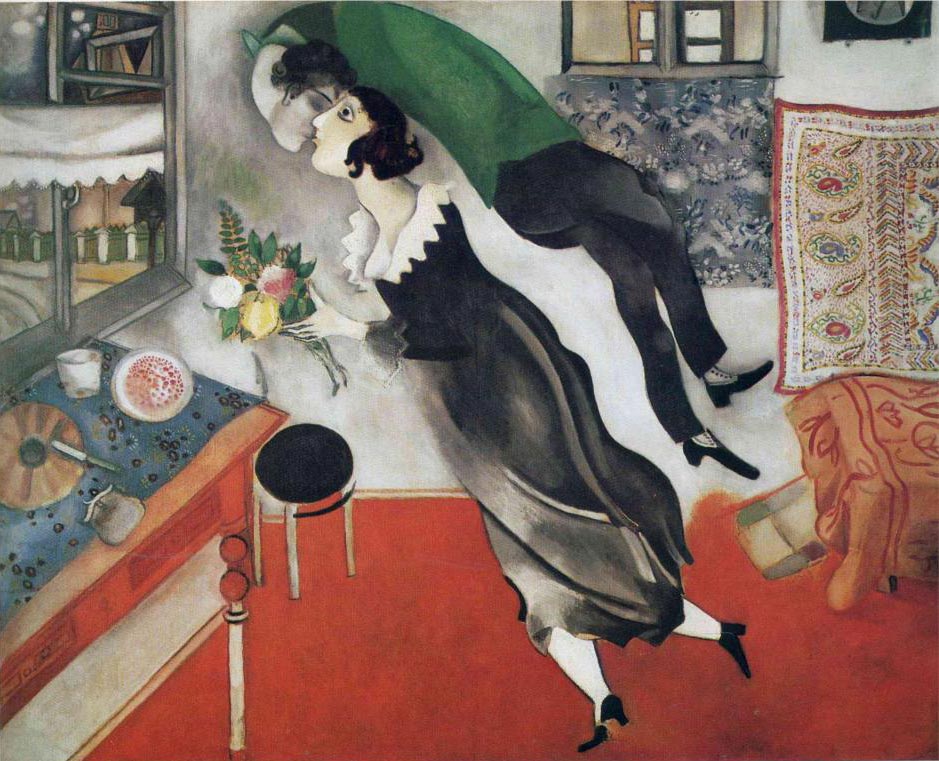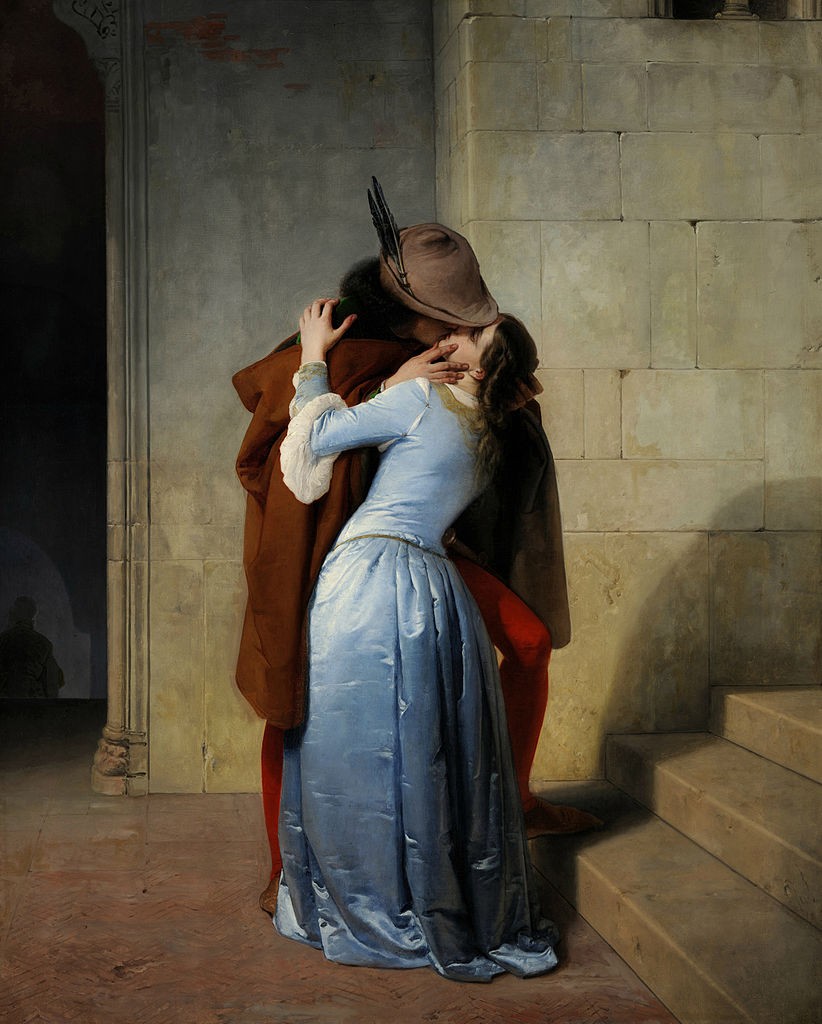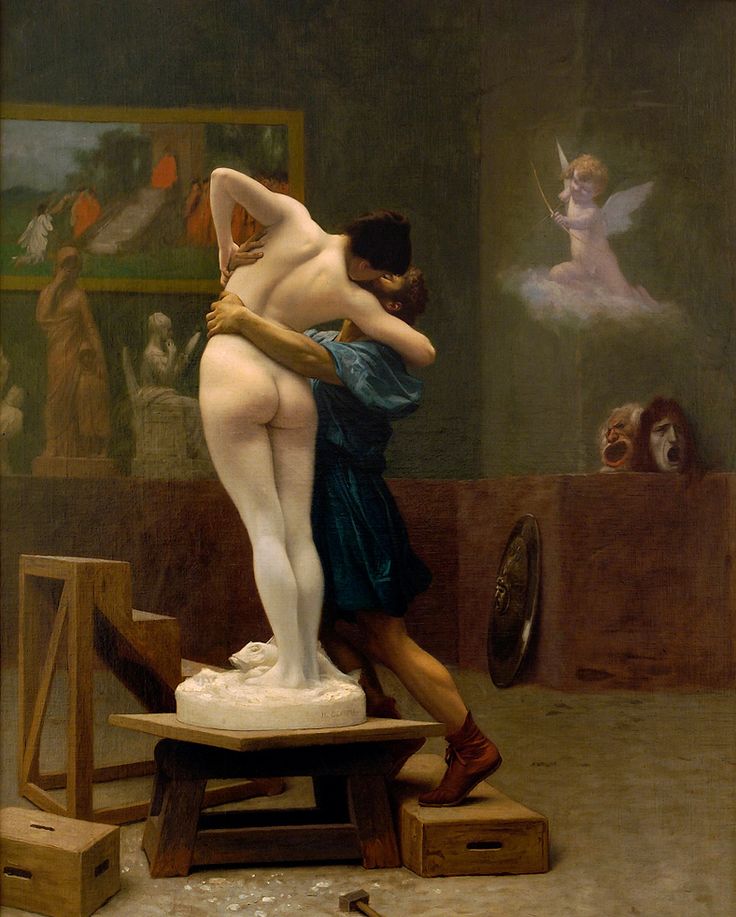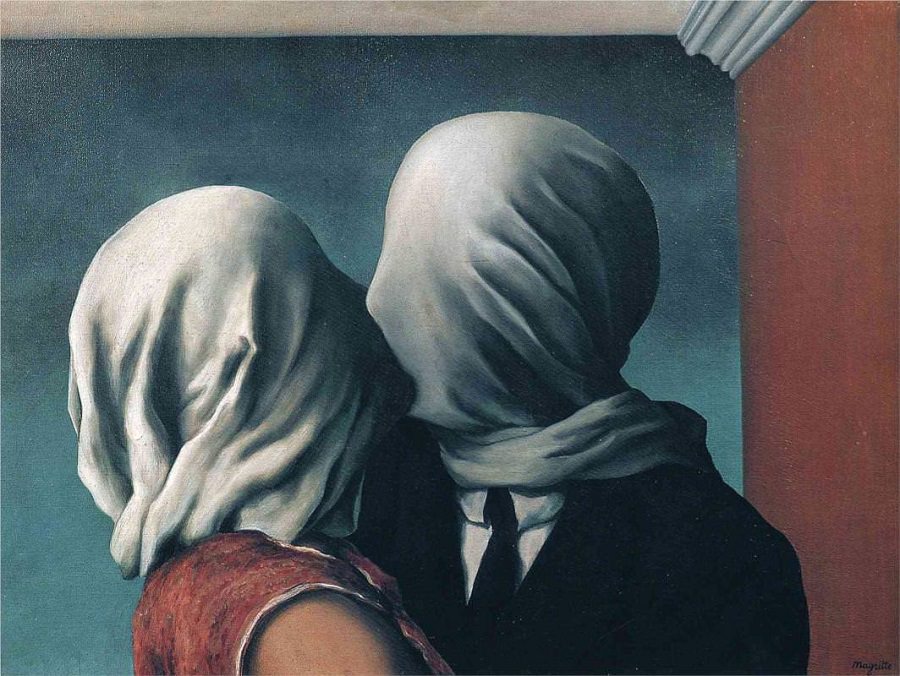Artwork featuring kissing couples is almost endless – whether in fan art or Renaissance frescos, manifesta-tions of love are present. Art history is filled with this subject matter and often the background stories of the paintings can be even more enticing than the scenes they display.
William Dyce, Francesca da Rimini, 1837
The painting depicts lovers Francesca and Paolo from Dante’s epic poem, The Inferno, sharing an innocently tender moment in the moonlight. In the poem, Francesca is to be married off to the old and deformed Gianciotto, but she falls in love with his younger brother, Paolo. The picture includes some ominous elements to suggest the tragic fate of the lovers – for example, Gianciotto’s disembodied hand is still included in the edge of the canvas, although the figure himself has been trimmed off due to damage to the canvas. The kiss, in all its gentleness, cannot fend off the sinister atmosphere of the painting, which reflects the doomed love of the unfortunate couple.
Francesco Hayez, The Kiss, 1859
The medieval setting and the passionate embrace of the figures in Francesco Hayez’s painting evoke the feeling of that epic, grand love familiar to us from fairytales. There are certain things in the painting that sug-gest the scene to be a farewell – like the man wearing his hat; a foot already on the stair; and his lover gripping onto his shoulder, unwilling to let go. These elements add to the picture a slightly wistful atmosphere – yet at the same time they also enhance the depiction of a great, tragic love.
Jean-Leon Gerome, Pygmalion and Galatea, 1890
This painting draws its inspiration from the myth of Pygmalion and Galatea. According to the story, Pygmalion, the king of Cyprus, sculpted in his studio the perfect female figure and fell in love with her. His lovesickness for the sculpted woman was pitied by Aphrodite, who turned the ideal figure, Galatea, into a living being and presided over their marriage. The kiss is a representation of the desire to attain what seems to be bitter-sweetly beyond reach, and it can also be seen to convey the message of the irrationality and uncontrollable nature of love.
Marc Chagall, The Birthday, 1915
In this painting, the artist pictures himself giving a kiss to his wife on her birthday. The figures are free from the constraints of gravity, and the way Chagall turns to his wife to kiss her, his body twisted to the other direction and floating mid-air, conveys a feeling of surprise and spontaneity. The modernist streak in the style serves to emphasize the sentiment further and the experimental visual language translates to the playfulness of the portrayed scene.
Rene Magritte, The Lovers, 1928
One of Rene Magritte’s most iconic works, this picture portrays two lovers kissing, with their faces covered. The shrouded faces have been interpreted in a multitude of ways in art history — the cloth can be seen as a barrier forever separating the lovers and rendering their intimacy to isolation, or it can be read as a symbolic description of the distance that always exists between people. The shrouding of the figures’ faces certainly has an effect on the mood of the image. It is a mysterious, slightly sad and even a little terrifying depiction of what is usually thought to be the ultimate act of romance.
By Emmi Joensuu





